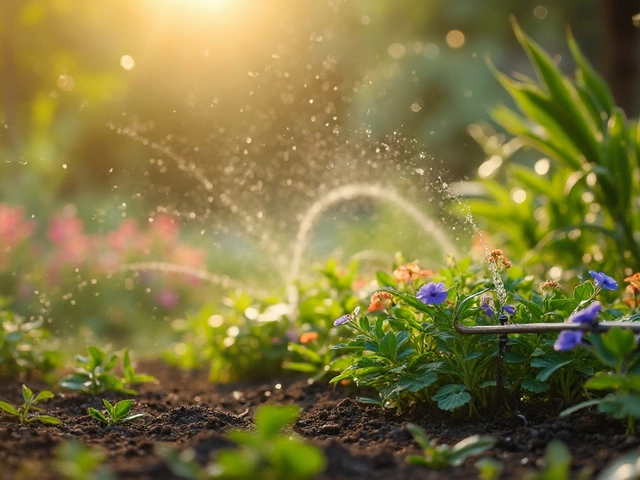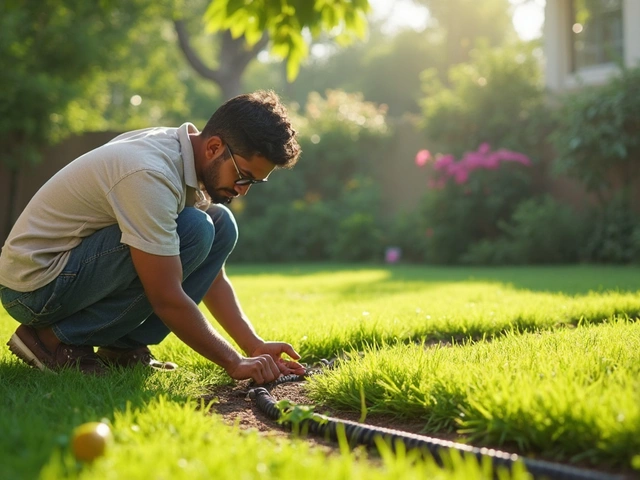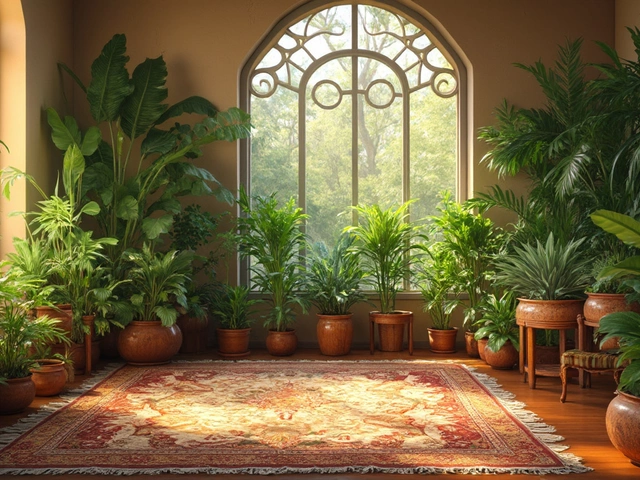Outdoor Gardening Tips for Indian Gardens
Starting an outdoor garden in India can feel overwhelming, but you don’t need fancy tools or a degree in horticulture. Focus on a few core habits—right water, healthy soil, and smart plant pairings—and you’ll see your garden bounce back fast. Below are simple steps you can apply today.
Water‑Smart Practices
Water is the biggest expense for any garden, especially during the dry season. Drip irrigation is the easiest way to cut waste. Bury the drip lines about 2‑3 inches deep; this protects them from sun and keeps water close to the root zone. If you’re on a budget, start with a short section of drip tubing around your most thirsty plants and expand over time.
When installing drip lines, check the soil type first. Sandy soils need closer emitter spacing, while loamy soils can handle wider gaps. Turn the system on early in the morning to reduce evaporation, and use a timer so you never forget a watering session.
Eco‑Friendly Soil & Plant Choices
Heavy, compacted soil is a silent yield killer. Add a handful of compost or well‑rotten manure each season to loosen texture and improve drainage. If you need a quick fix, mix in coarse sand or small gravel—just don’t overdo it, or you’ll lose nutrients.
Companion planting, or “sister plants”, can boost health without chemicals. Pair beans with corn, marigolds with tomatoes, and basil with peppers. These combos naturally repel pests and improve soil nitrogen, cutting down on fertilizer costs.
Choose native or climate‑adapted varieties for the best results. Plants like Indian mustard, sesbania, and certain varieties of marigold thrive with little extra care. They also attract beneficial insects that keep harmful bugs at bay.
Mulching is another low‑effort win. Spread a thin layer of dried leaves, straw, or coconut coir around your plants. It conserves moisture, suppresses weeds, and slowly adds organic matter as it breaks down.
Finally, think about the yard’s overall footprint. Replace a portion of lawn with drought‑tolerant groundcovers such as pothos or creeping thyme. Not only do they need less water, they create a greener, more diverse ecosystem.
By focusing on smart watering, healthy soil, and plant partnerships, you’ll turn any outdoor space into a productive, low‑maintenance garden. Start with one or two of these ideas, watch the results, and keep adding tweaks as you learn what works best for your local conditions.
Best Low Maintenance Outdoor Potted Plants for Effortless Garden Beauty
Discover the ultimate low maintenance outdoor potted plants that thrive with minimal effort. Get tips and real-life advice for easy care and a gorgeous garden.
About
Gardening
Latest Posts


Can You Mow Over Drip Irrigation? What You Need to Know
By Alden Thorne Jun 10, 2025

Should You Add Sand to Garden Soil?
By Alden Thorne Apr 2, 2025

Should I Mist My Happy Plant? Unpacking the Benefits and Myths
By Alden Thorne Apr 4, 2025

